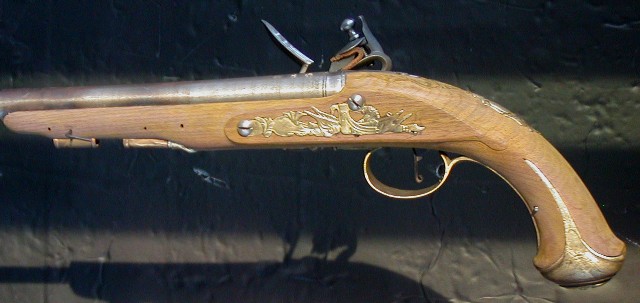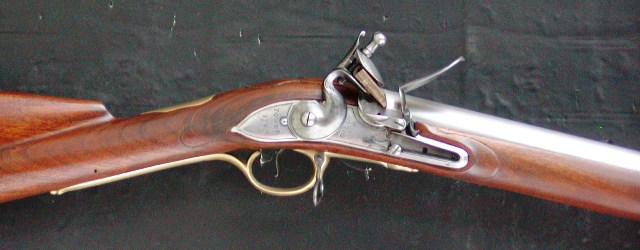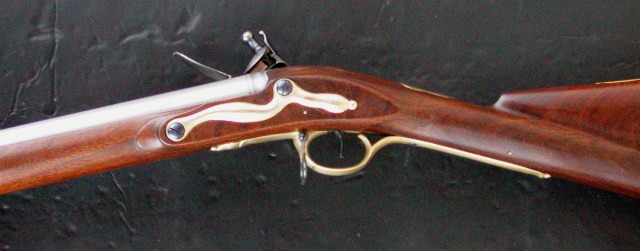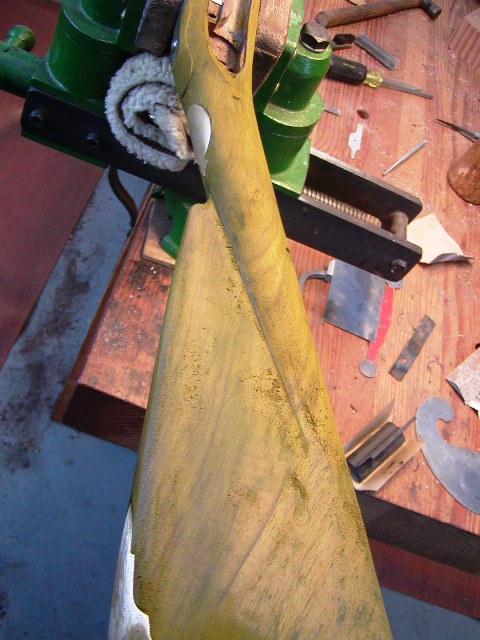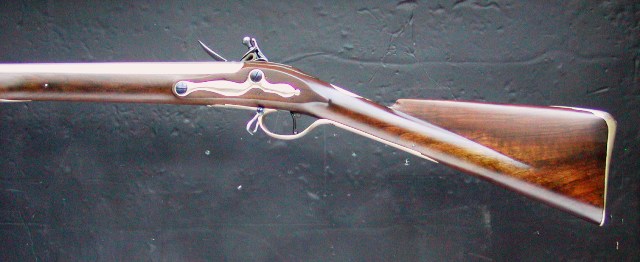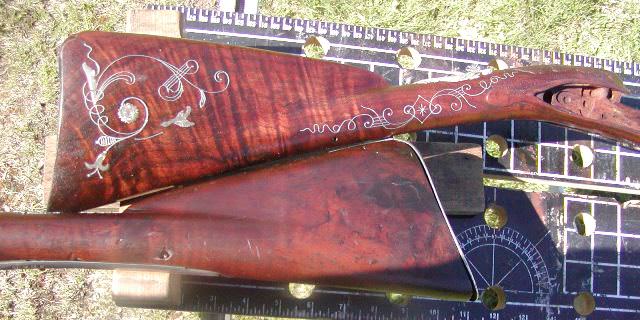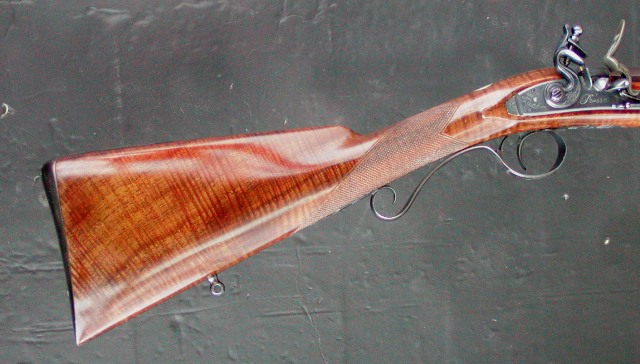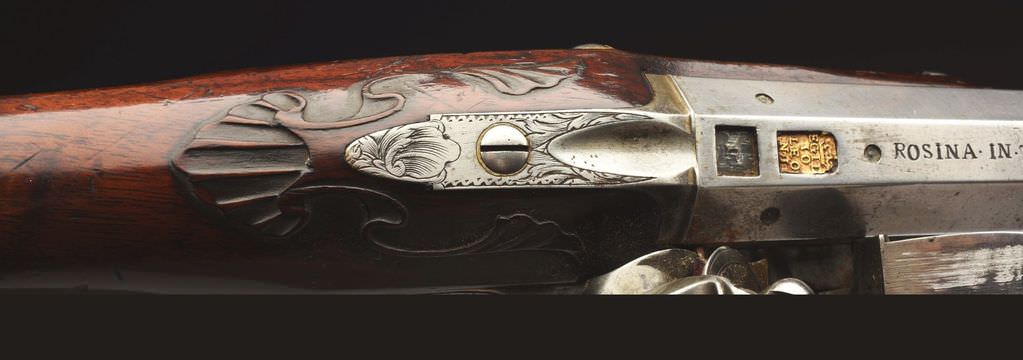Hey guys, I have a question for you.
Let me preface my question with a little background.
I have been a hobbyist/semi professional wood worker for years. I have made lots of different projects from furniture and carpentry to musical instruments.
I have done a lot of finishing of wood with various products with results ranging from wow to let's start over.
So, what I want to know is: What is so special about "gun stock oil or finish"?
How is the product different from other products you might use on something that's not a gun stock?
Also, How is the gun stock itself different? Does it need special material or attention that I just don't know about as a newby?
Please let me know what you think and what advice you could give a guy who's looking to finish his first "gun stock".
Thanks, Mark
Let me preface my question with a little background.
I have been a hobbyist/semi professional wood worker for years. I have made lots of different projects from furniture and carpentry to musical instruments.
I have done a lot of finishing of wood with various products with results ranging from wow to let's start over.
So, what I want to know is: What is so special about "gun stock oil or finish"?
How is the product different from other products you might use on something that's not a gun stock?
Also, How is the gun stock itself different? Does it need special material or attention that I just don't know about as a newby?
Please let me know what you think and what advice you could give a guy who's looking to finish his first "gun stock".
Thanks, Mark










